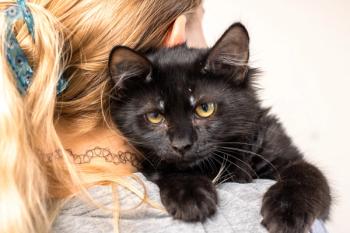
Managing feline diabetes mellitus with SGLT2i

Christopher G. Byers, DVM, DACVECC, DACVIM (SAIM), CVJ, explains how Sodium-Glucose Cotransporter 2 Inhibitors are used to manage diabetes mellitus in cats
Missed out on Fetch Kansas City 2024? No worries—we’ve got you covered! For just $199,
Ready to jump in? Start exploring the best of Fetch Kansas City 2024 On-Demand now!
Sodium-Glucose Cotransporter 2 inhibitors (SGLT2is) have been used in human medicine for several years. Recently, 2 specific SGLT2is saw their introduction to feline medicine: Bexagliflozin (Bexacat;Elanco), and velagliflozin oral solution (Senvelgo; Boehringer Ingelheim).
During an interview with dvm360, Christopher G. Byers, DVM, DACVECC, DACVIM (SAIM), CVJ, explained how they work in the management of feline diabetes mellitus. Byers outlined the effectiveness of these medications on cats, and why it can prevent the development of clinical hypoglycemia.
Below is a partial transcript:
Christopher G. Byers, DVM, DACVECC, DACVIM (SAIM), CVJ: Both of these drugs, this class of medication, inhibits a specific cotransporter located in the proximal tubule of the kidneys, specifically the S1 segment of the proximal tubule. Under normal circumstances, that cotransporter is responsible for absorbing 90% of all of the glucose that gets filtered at the level of the glomeruli, through Bowman's capsule.
When we inhibit that cotransporter with an SGLT2i, like Bexacat or Senvelgo, we don't resorb that 90% of filtered glucose, but if we travel a little bit further down the proximal tubule, into the segment that's called S2/S3, we'll find another cotransporter, called Sodium-Glucose Cotransporter 1, or SGLT1. Under normal circumstances, that cotransporter is responsible for resorbing the remaining 10% that SGLT2 doesn't absorb. But, when we block SGLT2... SGLT1 becomes more efficient.
Newsletter
From exam room tips to practice management insights, get trusted veterinary news delivered straight to your inbox—subscribe to dvm360.






